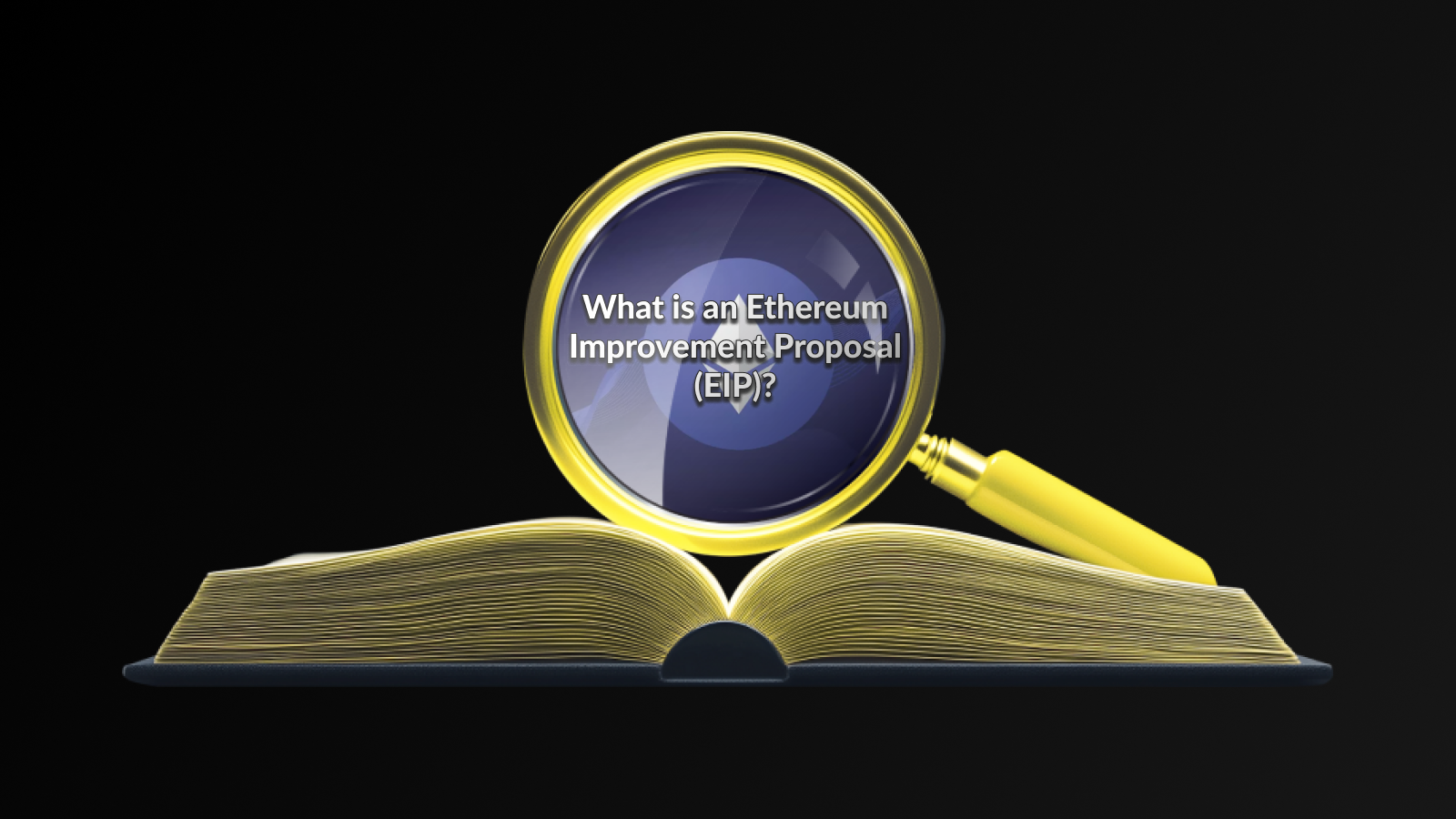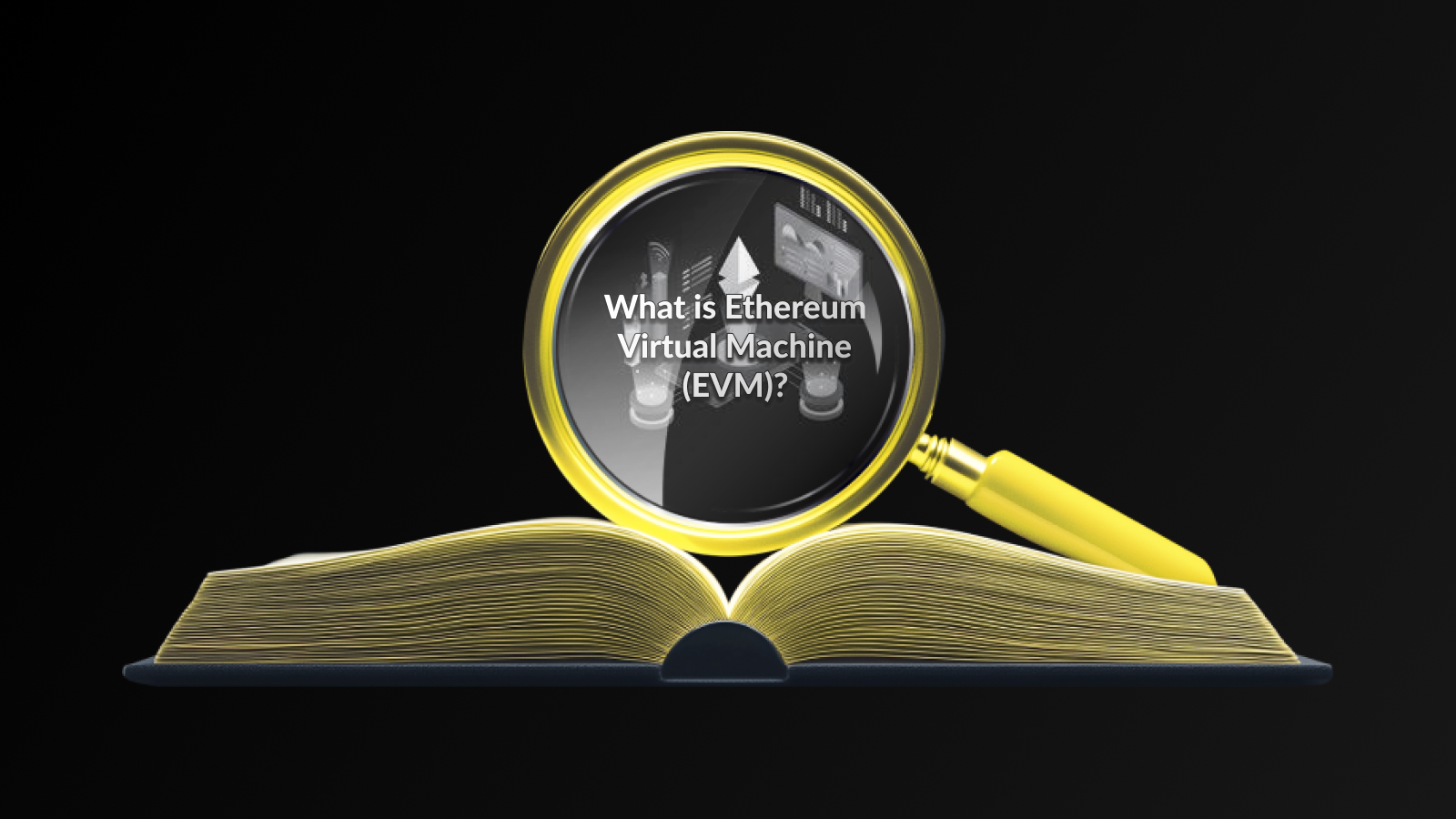Introduction
The concept of an Ethereum Improvement Proposal (EIP) plays a critical role in the evolution and enhancement of the Ethereum blockchain. EIPs serve as a formalized process through which developers, researchers, and the community can suggest and discuss ideas for improving Ethereum. This collective effort ensures that the network continually adapts to the changing landscape of technology and user needs.
Through the EIP process, different stakeholders can contribute their insights and expertise, fostering inclusivity and collaboration within the Ethereum ecosystem. Not only do these proposals outline technical specifications and features, but they also facilitate community discussion, allowing for diverse opinions and ideas to shape the future of Ethereum.
Additionally, an Ethereum Improvement Proposal is not just a technical document; it reflects the community’s desire for transparency and governance. Each proposal undergoes rigorous examination, ensuring that only the most robust ideas are implemented, ultimately leading to a more secure and efficient network.
As the Ethereum community continues to grow and evolve, the importance of EIPs in driving innovation and maintaining the integrity of the blockchain cannot be overstated. Through this process, Ethereum remains at the forefront of the blockchain revolution, continually adapting and improving based on shared ideas and advancements.
Types of Ethereum Improvement Proposals
Ethereum Improvement Proposals (EIPs) are categorized into three main types, each serving a distinct purpose within the Ethereum ecosystem. Understanding these categories is essential for developers and users alike as they navigate the evolving landscape of Ethereum.
- Standard Track EIPs: These proposals outline changes that affect the Ethereum protocol’s core functionality, including the network’s rules and processes. Standard Track EIPs are crucial for implementing upgrades that enhance the overall performance and security of the Ethereum platform.
- Networking EIPs: This category focuses on improvements to Ethereum’s networking protocols. Networking EIPs aim to optimize how nodes communicate, ensuring better connectivity and data exchange across the network. This is vital for maintaining the efficiency of the decentralized system.
- Informational EIPs: Unlike the other categories, Informational EIPs provide guidance and best practices rather than proposing new features or changes. These EIPs serve as documentation that can help developers understand various aspects of the Ethereum platform, promoting consistency in development.
By categorizing EIPs, Ethereum fosters a structured approach towards implementing improvements, ensuring that every change is carefully considered and systematically applied. This organization not only simplifies the development process but also encourages community involvement in proposal assessments.
The Process of Implementing an EIP
Implementing an Ethereum Improvement Proposal (EIP) involves a multi-step process that ensures the proposal is thoroughly vetted before becoming part of the Ethereum protocol. Firstly, the proposer must write a comprehensive document detailing the goals, motivation, and technical specifics of the EIP. This document should follow the EIP’s format and guidelines, making it easier for the community and developers to understand.
Once the EIP is drafted, it is then submitted to the Ethereum community for discussion. This typically takes place on forums or social media channels to gather feedback from other developers and stakeholders. Critics will analyze the implications, and suggestions for improvement may be offered during this phase.
If the EIP garners enough interest and positive feedback, it moves to the next phase, which involves further refinement. This may include revisions based on community input, and potential implementations are explored. During this stage, a reference implementation may also be created to showcase how the EIP could be executed.
As the proposal reaches consensus within the community and is deemed ready for implementation, it undergoes the coding phase where developers start integrating it into the Ethereum codebase. This code is rigorously tested to ensure it functions correctly and does not introduce vulnerabilities.
After extensive testing and community approval, the Ethereum Improvement Proposal can be officially merged into the Ethereum platform, often coinciding with a network upgrade or hard fork. This collaborative and transparent process of implementing an EIP is fundamental to the evolution and improvement of the Ethereum network.
Notable EIPs and Their Impact on Ethereum
Throughout the history of Ethereum, several Ethereum Improvement Proposals (EIPs) have been instrumental in shaping the network’s functionality and ecosystem. Among them, EIP-1559, introduced in August 2021, revolutionized the transaction fee mechanism by implementing a base fee that adjusts based on network demand. This change not only enhances user experience but also aims to stabilize Ethereum’s inflation rate over time.
Another significant proposal is EIP-20, which established the ERC-20 token standard. This EIP allowed developers to create fungible tokens on the Ethereum blockchain, leading to the explosive growth of decentralized finance (DeFi) and initial coin offerings (ICOs). The ripple effect of these innovations has been monumental in enhancing Ethereum’s usability and attracting new projects.
Additionally, EIP-721 introduced the concept of non-fungible tokens (NFTs), which has transformed how digital art and collectibles are perceived and traded across the internet. The rise of NFTs can be attributed to the foundational work laid out in this proposal, opening doors for artists and creators to monetize their digital assets.
Each of these notable Ethereum Improvement Proposals not only highlights the dynamic nature of Ethereum development but also underscores the community’s commitment to improving the network for a broader audience. As the Ethereum landscape continues to evolve, future EIPs will undoubtedly play a critical role in maintaining its relevance and competitiveness in the blockchain space.
Frequently Asked Questions
What is the purpose of an Ethereum Improvement Proposal (EIP)?
An EIP serves to propose changes or enhancements to the Ethereum network, guiding its evolution and informing the community about potential upgrades.
Who can create an EIP?
Anyone can create an EIP, but it must be written in a specific format and approved by the Ethereum community to be considered for implementation.
What are the different types of EIPs?
EIPs are categorized into three types: Standards Track (which propose technical changes), Meta (which describe processes), and Informational (which provide general information or guidelines).
How do EIPs impact the Ethereum network?
EIPs can lead to significant changes in the Ethereum protocol, affecting scalability, security, and functionality, thereby shaping the future of decentralized applications.
What is the EIP process for acceptance?
The EIP process involves drafting, discussion in the community, potential revisions, and a final decision by the Ethereum core developers, often after public forums and testing.
Can you provide an example of a notable EIP?
One notable EIP is EIP-1559, which introduced a new fee structure for transactions on the Ethereum network, aimed at improving the user experience and reducing transaction costs.
How does the community contribute to the EIP process?
The community can provide feedback, suggest improvements, engage in discussions on platforms like GitHub, and participate in forums, thereby influencing the direction of proposed changes.
Disclaimer
This article is for informational purposes only and does not constitute financial or investment advice. Cryptocurrency investments are highly volatile and subject to regulatory risks. Readers are encouraged to conduct their own research (DYOR) and seek professional advice before making investment decisions. Ethereum and its improvement proposals are constantly evolving, and users should stay informed about network updates.





